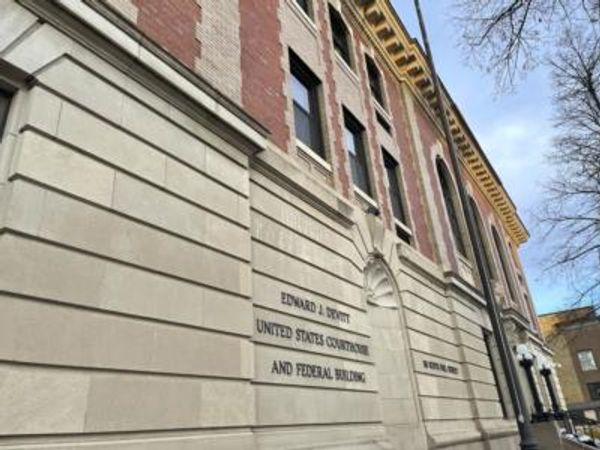Do you have fogged reading glasses and blind spots when it comes to retirement planning? You might if you're intentionally ignoring some shocking costs.
You're not alone. Financial advisors say clients ignore or avoid certain especially touchy retirement topics and costs. But these gaps in your retirement plan could take the joy out of riding the rocker into your golden years.
What are these costs no one wants to think about? Steep long-term care insurance and costs and skyrocketing health care and Medicare payments need to be addressed in your retirement plan. And prospective retirees should also consider rising home and car insurance premiums and the impact of inflation.
Medicare Isn't Free
The first shocker for retirees? Medicare and health care costs. "Employer-provided health care tends to be highly subsidized," said Patrick Stark, director of financial planning at RS Crum Inc. in Newport Beach, Calif. "So there's usually an increase in cost when a person moves to Medicare."
"It's a big myth that Medicare is free," said David Rae, a certified financial planner with DRM Wealth Management in Hollywood, Calif. "When you're 65 you'll pay standard Medicare premiums (for hospitalization), and you'll still need a Medicare Advantage or Medigap plan (to cover costs outside of standard Medicare) and you'll still have copays."
"You're looking at hundreds of thousands of dollars in health care costs over your retirement, and that's more than many people have saved to fund their entire retirement," said Rae.
According to a May 2022 report by Fidelity Investments, a 65-year-old couple retiring in 2022 can expect to spend on average a whopping $315,000 on health care and medical expenses throughout retirement.
Long-Term Care
Worse, Medicare doesn't cover long-term care costs. Genworth Financial, an insurance provider, does an annual survey on those costs. For 2021, Genworth reported that the annual median cost for a private room at a long-term care or nursing care facility was $108,405. A semiprivate room now runs $94,900.
And, nearly 70% of retirees will need some type of long-term care during their lifetimes, according to the U.S. Department of Health and Human Services.
"Long-term care is one of the most difficult items to (address in retirement planning)," said Stark. "If you have few assets, you go on Medicaid. If you have significant assets, you buy expensive insurance or self-insure. For middle income folks there are no good options." Stark says premiums for long-term care insurance vary across the country, but in Southern California "premiums for a couple can run in excess of $10,000 per year."
Ray says retirees should look at several options for covering long-term care costs as part of their retirement planning. Three types of insurance are available: traditional long-term care policies, hybrid life insurance/long-term-care policies and life insurance with a chronic care rider. He says life insurance with chronic care riders tends to be the "most flexible" and it's sometimes called "life insurance you don't have to die to use."
Insurance brokers who specialize in long-term care can help you wade through the options.
Some retirees also use deferred income annuities to cover long-term care costs. These financial instruments allow investors to put aside a lump sum or multiple purchases over time to later receive a guaranteed "retirement paycheck." That paycheck could be deferred until the insured goes into a care facility, says Rae.
Retirement Planning And Inflation
This year, inflation is hitting everyone's wallet. But retirees and workers approaching retirement are flat out alarmed. "Right now the hot retirement topic is inflation," said Rae. With rising costs, "what seemed like a great retirement income (before inflation hit) may not be a great income in 10 or 20 years."
Your retirement income planning should include running what-if scenarios for different inflation rates, short-term and long-term.
"Inflation at 8% or higher annually is an extreme assumption," said Stark. He says that currently he's running models for those retiring now that assume high inflation rates for "the first two or three years and then adjusting downward."
Insurance And Income
Retirement planning should also address the costs of other insurance. Homeowners across the country are dealing with soaring insurance costs due to wildfires, floods, tornadoes and hurricanes and other natural disasters tied to climate change. Premiums for renters are also going up. And car insurance costs are rising as car prices climb.
Financial planners say don't skimp on insurance. "Later in life, you don't want to have to pay out of pocket for" a costly home or car repair, said Rae.
Of course, retired folks must also track their income and expenses. Sadly, when a spouse dies the household income will decline (minus any death benefits).
Sure, your spouse of more than 10 years is entitled to collect on your Social Security. But the household "will only be collecting one check now, not two," said Rae. And spouses must make sure to choose the "joint life option" for pensions "versus the single life option" or the pension won't continue for the surviving spouse, says Rae.







